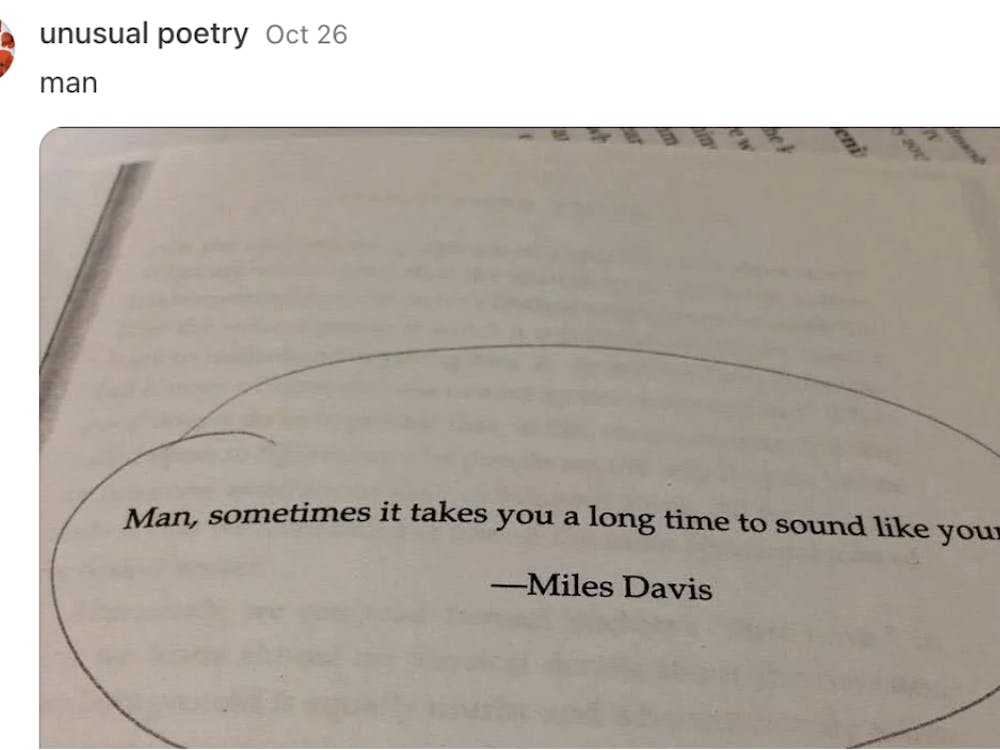The SAT is one of the most contentious aspects of college admissions. It has drawn scrutiny from many on the left for discriminating by race and socioeconomic status, propelling already privileged students to advantages in admission to top colleges in the U.S. Many elite universities have made their pandemic-era test-optional policy permanent, like Columbia University, or gone test-blind entirely, like the University of California system.
It seemed to be trendy among higher education administrations to drop SAT/ACT requirements for prospective students. But on Monday, Feb. 5, Dartmouth College became the latest elite university (after the Massachusetts Institute of Technology) to reinstate the SAT/ACT requirement. The university says that their decision was driven by the data. What does the data say? Do standardized college admission tests benefit or hurt marginalized students?
The scrutiny surrounding standardized tests has existed for years. New data in 2023 highlighted how the SAT was correlated with family income. Only 2.4% of test takers who came from the bottom 20% of household incomes scored above a 1300. Meanwhile, 31% of test takers who came from the top 1% scored above a 1300. Sean Reardon, professor of poverty and inequality in education at Stanford University, describes this phenomenon, saying that “kids in disadvantaged neighborhoods end up behind the starting line even when they get to kindergarten.” Many of the nation’s top universities have more students from the top 1% than students from the bottom 60%: These data combined suggested that low SAT scores were keeping poor students out of selective universities.
In fact, here at Hopkins, the median SAT and ACT scores for the 2022-2023 admissions cycle were 1540 and 35 respectively, making them some of the highest medians in the country. The median family household income at Hopkins is $177,320, and 72% of our student body comes from the top 20%. While Hopkins fares better than many of its peers, ranking 29th out of 65 elite colleges for median parent income, the correlation between a wealthy student body and high average standardized test scores seems glaring. But without context, we can’t determine causality.
The SAT may be a symptom of the problem of wealth inequality as opposed to a cause. Rich children have access to better education, more resources and less financial hardship obstructing their studies. Even if the SAT were an infallible measure of education levels, gleaning a child’s intelligence with 100% accuracy, scores would inevitably skew by wealth. Perhaps SAT scores should be evaluated in context of a student’s resources.
Grade inflation has made identifying students capable of rigorous coursework extremely difficult in recent years. The problem is most prevalent at wealthy private high schools (students who attended private high schools were three times as likely to experience grade inflation), where numerous students end up attending elite U.S. universities. The lack of test scores makes it difficult to identify students who would thrive or struggle.
Further, researchers have found that test scores are powerful for selecting lower-income students and underrepresented minorities who would thrive in academically pressuring environments. In July 2023, President of Brown University Christina Paxson wrote that “standardized test scores are a much better predictor of college success than high school grades.” There remains a strong relationship between test scores and future success. Many students I knew applying to college often complained that college admissions have become too opaque and disconnected from merit — dropping standardized test scores has amplified the concerns.
Many leftists, including myself at one point (I wrote an article in high school calling for the removal of standardized tests altogether), have pointed to extreme disparities in median scores across race and class groups. However, I believe colleges have the power to take scores, which are only one factor of a holistic review, in the context of a student’s adversity. In fact, they’ve been doing this for a long time in regards to AP classes and extracurricular activities, according to Yale’s admission podcast. Why can’t they do the same for standardized test scores if they are shown to be very powerful for identifying capable students?
The war on the SAT has been “misguided” according to the The New York Times, which shows that claims of weakened diversity at top universities as a result of the SAT are not backed by the data. Still, many worry that reinstating standardized test scores will decrease diversity at universities already lacking it. A study found that the correlation between college success and test scores was largely independent of high school affluence, controlled for disadvantaged and advantaged students.
Additionally, the Massachusetts Institute of Technology’s dean of admissions told The New York Times that they admitted their most diverse class ever the year they reinstated test requirements following the COVID-19 pandemic. The percentage of underrepresented minorities is much higher at M.I.T. than at many other peer institutions who have remained test-optional since.
A Harvard economist David Deming, cited in the New York Times, went so far as to say test-optional hurts disadvantaged students the most. Deming explained how the SAT is the lifeline for many talented students at high schools that rarely send students to top colleges and are therefore unknown by those colleges’ admissions teams. Richer students who attend wealthier private high schools can get away without the SAT, as grade inflation and a plethora of resources allow them to play the game of college admissions with a leg up. In fact, the factors still considered in college admissions, such as AP classes, recommendation letters and especially extracurricular activities, are most susceptible to skewing toward richer students. Yet, they haven’t received the same level of scrutiny.
I posit that statistics are simply that: statistics. They are not in themselves discriminatory. They highlight disparities rather than cause them. Standardized tests are an effective way that colleges can identify students who are capable of rigorous coursework and can help intelligent but underserved students achieve social mobility.
Neil Mahto is a freshman from Albuquerque, N.M. majoring in Chemistry and English.





